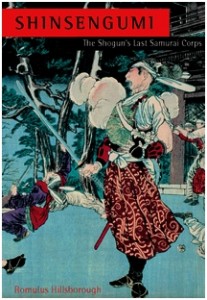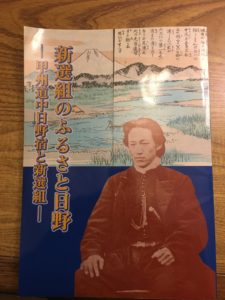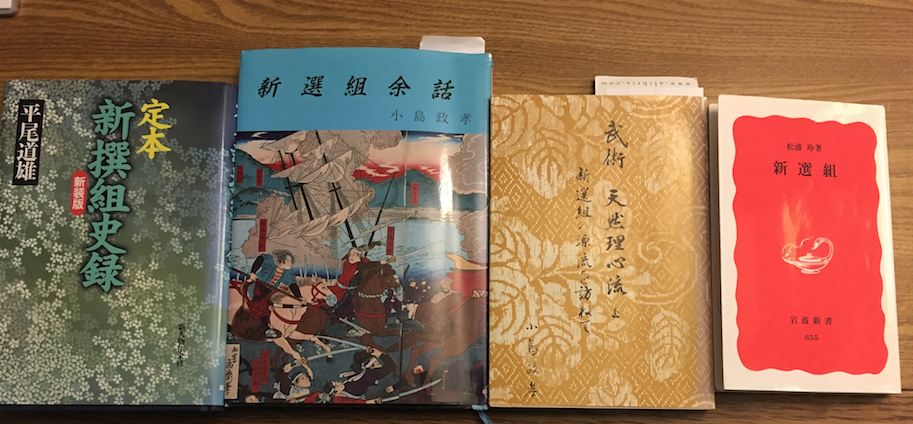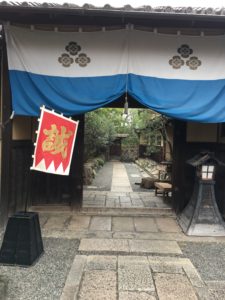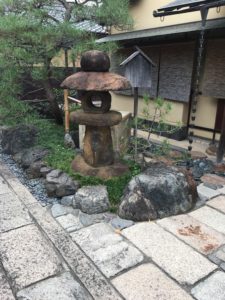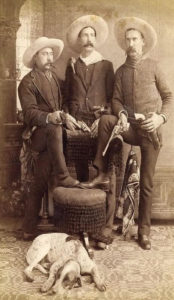
This photograph is posted on the website of World Lifestyle with the following caption: “Guns were an integral part of survival in the wild west and everyone had one. Since photographs were a relatively new invention and very exclusive, many cowboys were filled with pride when they got their photograph taken. They always wanted to show off their guns in the pictures.”
Some liken gunslingers in the Wild West to expert swordsmen among samurai. But there is a major misconception in this thinking. I have never heard of an academic or moral discipline in “the art of gun-slinging,” like that pursued by samurai.


